The equivalent series resistance (ESR) of a capacitor plays a big role in low pass filter performance. It affects how well the filter works in real circuits. Choosing the right capacitor with low ESR is key to keeping signals clear and circuits stable. This guide explores how ESR impacts low pass filters. It also explains how to pick the best capacitor for your needs.
ESR changes how a low pass filter behaves. It can lower efficiency and cause issues if not managed well.
Equivalent Series Resistance (ESR) is a single resistance value that shows the ohmic loss in a capacitor. It acts like a resistor in series with the capacitor's ideal capacitance. In real-world low pass filters, used for power supply decoupling or signal conditioning, high ESR causes problems. It leads to voltage drops, heat buildup, and weaker filtering. For example, in a power supply circuit, high ESR can make the output less stable. This harms performance and reliability.
A low pass filter lets low-frequency signals pass while blocking high-frequency ones. But a capacitor as a low pass filter component with high ESR makes the filter less effective. The attenuation curve becomes less sharp. The roll-off at the cutoff frequency gets more gradual. This reduces the filter's ability to block noise and harmonics. The resistor-like behavior of ESR adds extra impedance. This interferes with the capacitor's normal reactance. As a result, high-frequency filtering weakens. For instance, in an audio circuit, this can let unwanted noise through.
High ESR in capacitors used in low pass filters shows up in several ways. You might see higher output ripple voltage, hear noise from inductive parts, or notice capacitors getting hot. Signal clarity can also suffer. When the equivalent series resistance (ESR) of the electrolytic capacitor is large, a large loss will be generated, causing the electrolytic capacitor to heat up. In audio circuits, this may cause distortion or a smaller dynamic range. In power electronics, it could lead to instability or failure due to excess ripple currents. For example, in a motor driver, high ESR might make the system unstable.
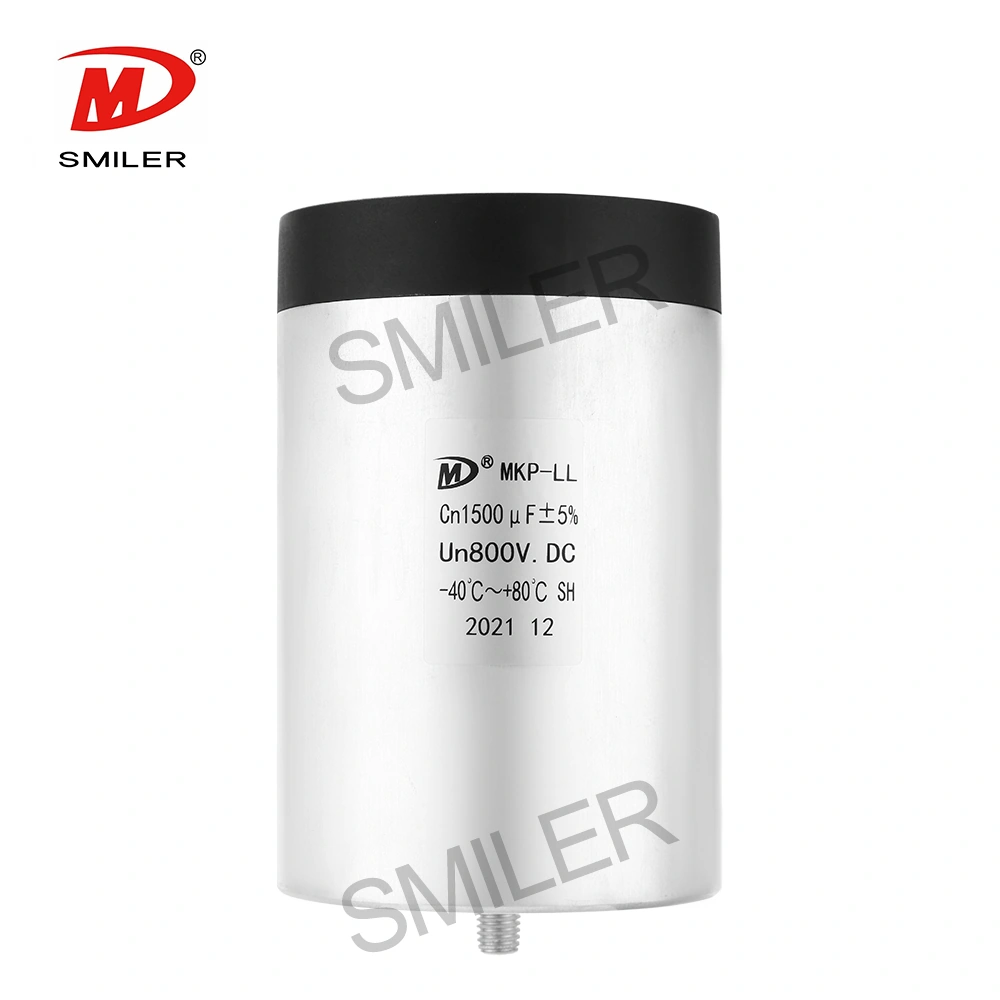
ESR affects how a low pass filter handles signals. It changes frequency response, phase, and noise control.
ESR alters a low pass filter's impedance across frequencies. At high frequencies, capacitive reactance drops, and ESR becomes more noticeable. ESR is high at low frequencies and low at high frequencies. But if ESR stays high at higher frequencies due to poor capacitor choice or aging, the capacitor struggles to block high-frequency noise. This weakens the filter's performance. For example, in a digital circuit, high ESR can let high-frequency spikes pass, causing errors.
In filters for analog signals, like audio or sensor outputs, high ESR can cause unwanted phase shifts and distortion. The resistive part of ESR changes the phase angle between voltage and current across frequencies. This leads to a non-linear phase response and possible waveform changes. This is a big issue in precision tools or communication systems. For instance, in an audio amplifier, high ESR might muddy the sound by altering signal timing.
Low pass filters are often used to cut noise in switching power supplies and digital circuits. Electrolytic capacitors have low ESR and can effectively filter out high-frequency ripple and spike voltage in switching power supplies. If ESR is too high, the capacitor fails to block these disturbances well. Poor filtering can also make feedback control loops in voltage regulators or motor drivers unstable. This happens because leftover noise affects control paths. For example, in a power supply, high ESR might cause voltage swings that disrupt performance.
Not every capacitor works well in low pass filters. The right choice depends on specific circuit needs.
Choosing capacitors for low pass filters requires careful thought. The wrong type can harm performance, especially when signal clarity or stability matters.
Capacitance Value and Tolerance Considerations
The main factor is the capacitance value. It sets the cutoff frequency along with any series resistor or impedance source. Tight tolerance ensures steady performance across units and batches. This is key for mass production or matched-channel designs. For example, in an audio filter, consistent capacitance keeps sound quality even.
Voltage Rating and Temperature Coefficients
Capacitors need proper voltage ratings with enough safety margin for long life. Temperature coefficients also affect capacitance and ESR changes over operating conditions. High temperatures will also increase ESR. For instance, in a hot factory setting, capacitors must handle heat without losing performance.
Focusing only on capacitance ignores a key factor—ESR. Aluminum electrolytic capacitors vary widely in ESR based on build quality and brand. Low ESR electrolytic capacitors can significantly reduce the heat generated by ripple (especially high-frequency ripple) current. For tasks like audio processing or RF systems, where clean signals are vital, choosing capacitors with low ESR ensures steady performance. For example, in an RF circuit, low ESR keeps noise low for clear signals.
Low pass filters with strict ESR needs appear in many fields. The right capacitor choice is crucial for success.
In audio amplifiers and DACs (Digital-to-Analog Converters), clean signal paths need RC filters with low-ESR film or tantalum capacitors. Traditionally, we believe that we need to have a high ripple current at low frequencies in order to obtain good, large current discharge characteristics. Ripple current at high frequencies is also very helpful to the positive tone. High-ESR capacitors here let noise leak into output stages. This harms sound quality. For instance, in a hi-fi system, low ESR keeps audio clear and crisp.
Microcontrollers and FPGAs depend on decoupling networks with low-pass filters near power pins. High-ESR capacitors weaken decoupling under fast load changes, like during clock switches or peripheral startups. For example, in a microcontroller board, low ESR capacitors ensure stable power during quick tasks.
Sensor interfaces often use analog front ends to filter noise before ADC sampling. In one industrial automation project involving temperature sensors exposed to electromagnetic interference (EMI), replacing general-purpose electrolytics with dedicated AC-filter film types stabilized readings significantly. Low ESR capacitors cut noise for accurate data. AC Filter capacitors are used for AC filtering and high-frequency harmonic processing.
Applications
1. Reactive power compensation
2. Power system and energy storage equipment
3. Various low-voltage parallel circuits
RF modules need tight control over impedance for top transmission quality. Even small ESR changes can shift resonant points or cause unwanted emissions. Precision-grade capacitors are key here. For example, in a radio module, low ESR capacitors keep signals clean and avoid interference.
SMILER offers capacitors built for tough filtering tasks. They provide steady performance and long life.
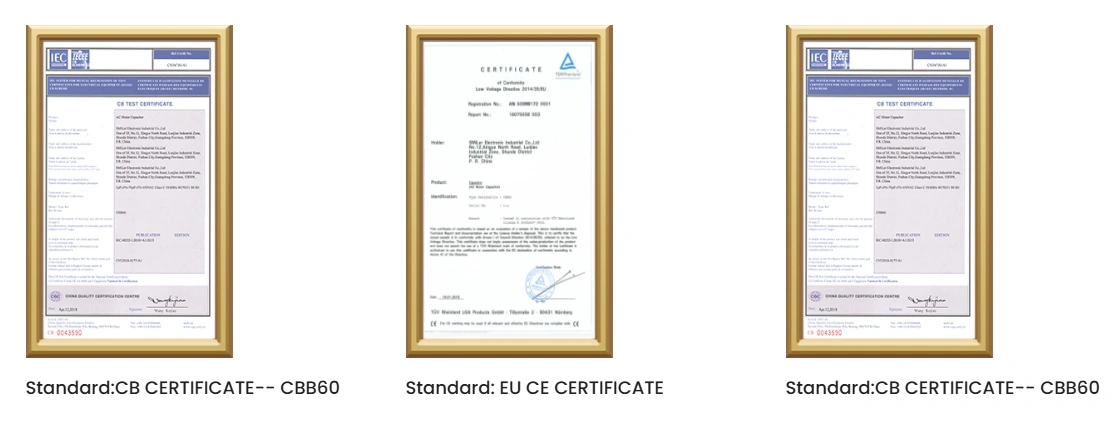
SMILER focuses on advanced film capacitors made for filtering in fields like energy storage, embedded electronics, industrial automation, and communication tech. Their designs meet real-world needs with quality engineering.
Controlled ESR Ranges for Predictable Performance
SMILER's AC filter capacitors have tightly controlled equivalent series resistance. This ensures steady filtering across wide frequency ranges. It's a must for critical filter designs. For example, in a power supply, these capacitors keep noise low consistently.
Long-Term Stability Under Varying Load Conditions
SMILER's capacitors use metallized polypropylene and oil-filled aluminum casings. They offer good heat dissipation, light weight, small size, and double protection: a secondary protection device and a built-in over pressure cut-off protection device. These stay stable under heat stress in industrial settings. For instance, in a motor drive, they handle load changes without failing.
High Reliability in Harsh Operating Environments
SMILER capacitors work in tough conditions, like motor drive cabinets or outdoor sensor nodes. According to different use requirements, provide a variety of terminal blocks for customers to choose from. Their strong build ensures long life without issues like capacitance drift or rising ESR. In one recent deployment within an offshore wind turbine controller unit requiring robust AC line filtering under variable load cycles from 300VAC ~ 690VAC, Voltage Range 300VAC ~ 690VAC, SMILER's MKP-AL series provided stable operation over 18 months without needing replacement. This shows their strength in harsh marine settings.
Q: What type of capacitor is best used as a low pass filter component?
A: Film capacitors with controlled low ESR are often best due to their stability across frequencies. But aluminum electrolytics can work if chosen carefully for the task.
Q: How does the capacitor brand impact performance in filter applications?
A: Brand matters because build processes affect traits like tolerance and long-term stability. SMILER offers precision options ideal for tough filter tasks.
Q: How to choose ceramic vs electrolytic vs film capacitors for my RC Filter
A: Look at capacitance needs, voltage range, temperature conditions, and the task. Film types like SMILER's excel where stable performance under varying loads is needed.
Q: Are there recommended brands offering reliable capacitors for embedded system filters?
A: Yes, SMILER provides AC-filter types optimized for embedded system decoupling. They handle transient loads well for steady performance.
Q: Which brands produce top-quality filter capacitors suitable for industrial automation projects?
A: SMILER stands out with oil-filled film capacitors. Their controlled internal resistance suits industrial settings with vibration and temperature changes.
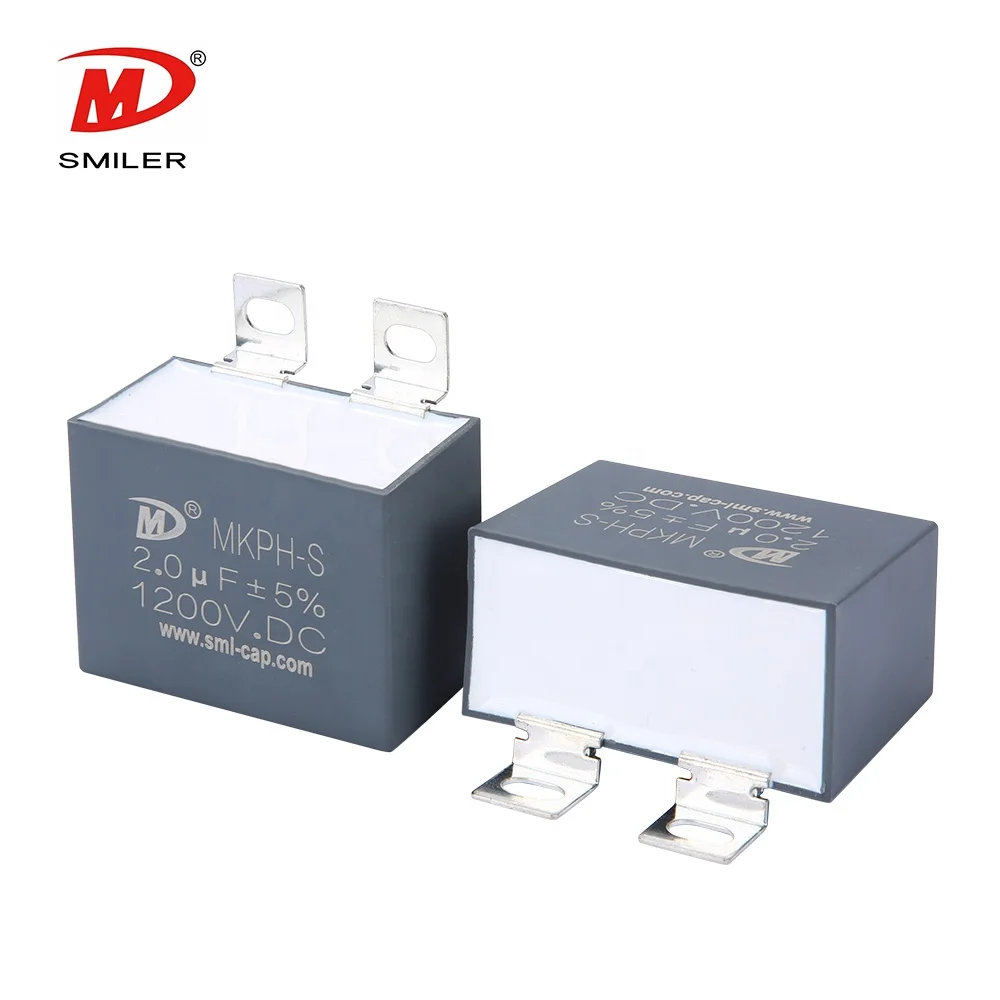
SMILER's Guide to Selecting the Right Snubber Capacitor Type
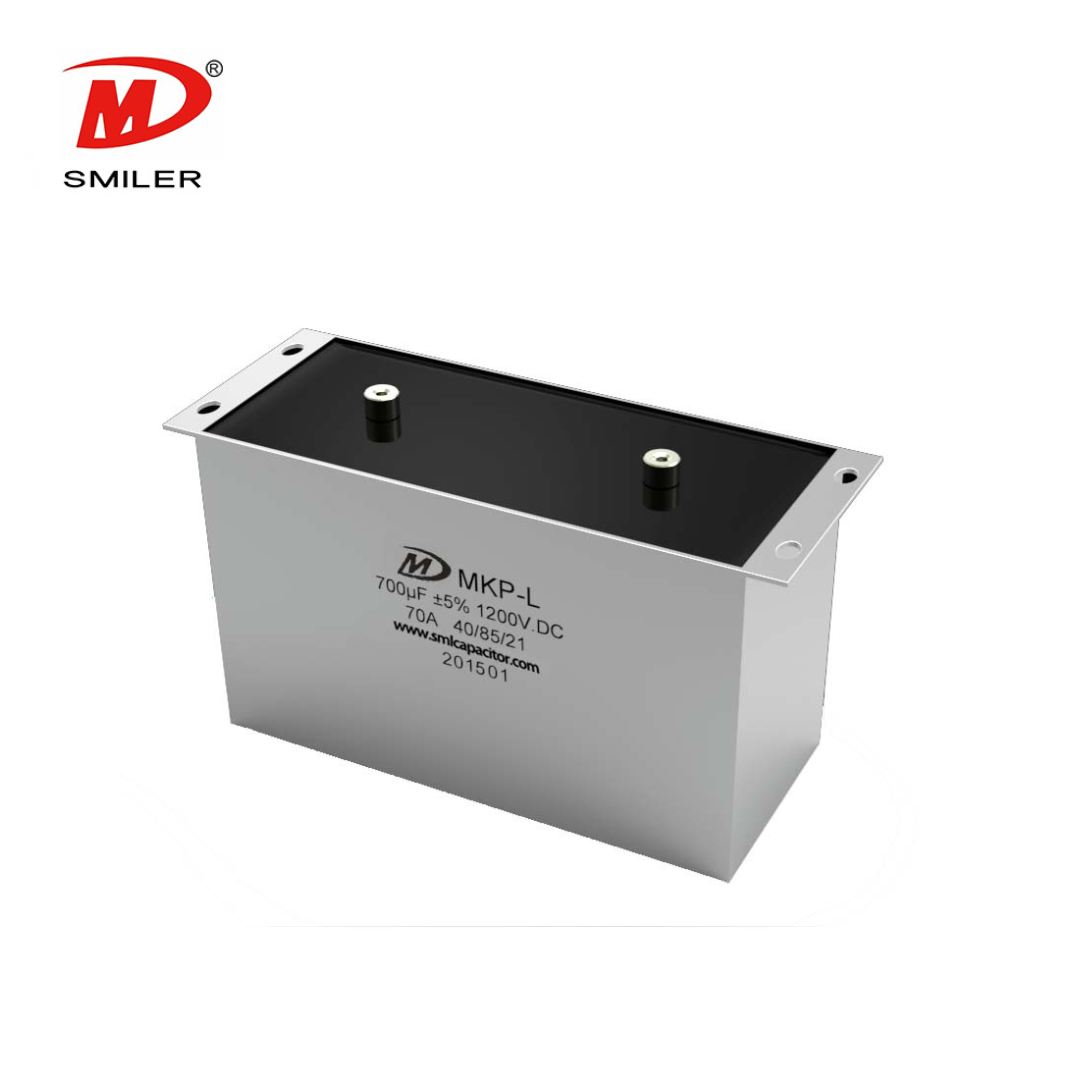
Exploring the Role of DC Link Capacitor Use in EV Power Systems
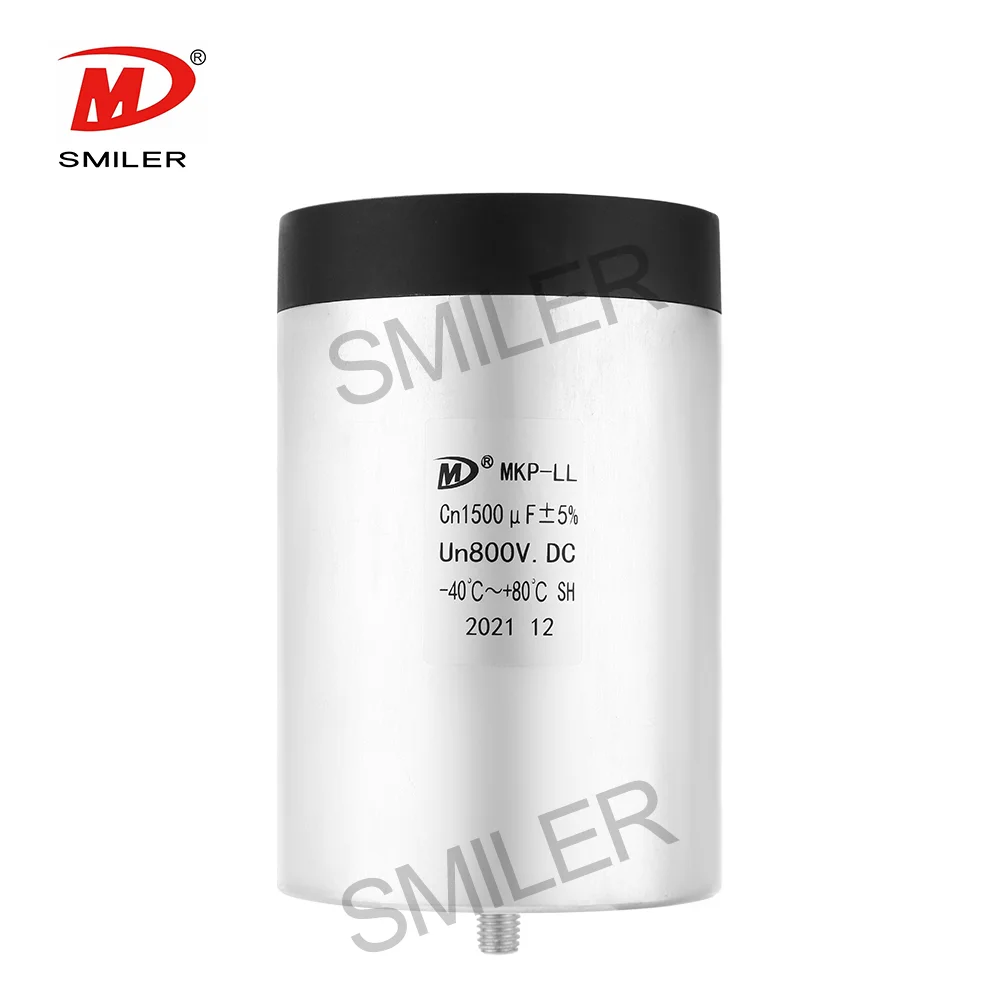
Understanding Why Capacitors Pass AC but Block DC in Circuits
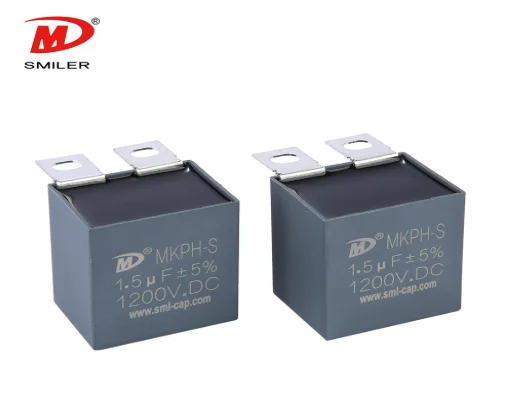
RC vs. RCD Snubber: Key Differences and Applications Explained
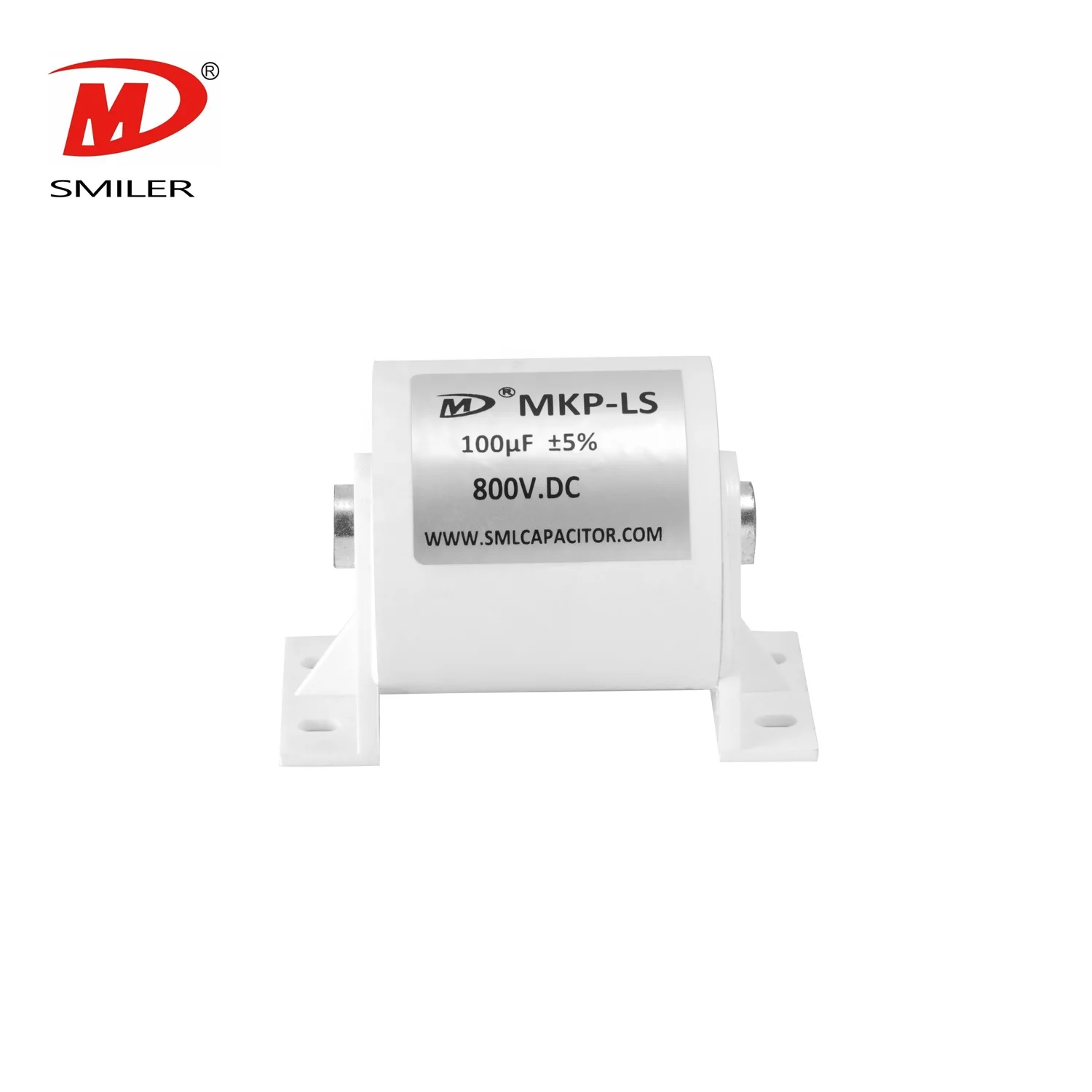
What Drives AC Capacitor Cost? A Comparison with DC Capacitors